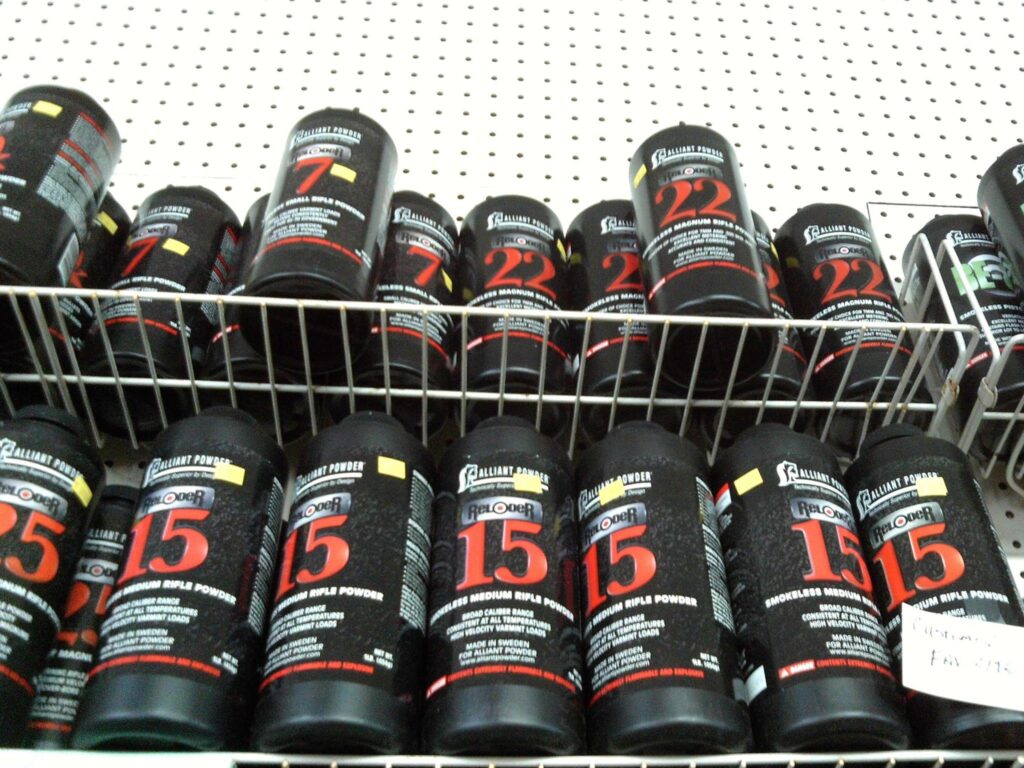Smokeless powder plays a crucial role as a propellant in firearms and artillery because of its minimal smoke production and efficient burning characteristics. Unlike traditional black powder, which generates substantial smoke and residue, smokeless powders offer cleaner operation and enhanced performance in various shooting applications.

Smokeless powders are typically classified into two main types based on their composition:
Single-base powders primarily consist of nitrocellulose, providing stability and producing minimal flash and smoke upon ignition. Shooters favor these powders for their cleanliness and consistent ballistic performance.
Double-base powders incorporate nitroglycerin alongside nitrocellulose, offering increased energy content and performance capabilities. However, they may produce more flash and smoke compared to single-base powders.
The production of smokeless powder involves several key stages:
Nitrocellulose is the primary ingredient, derived from cellulose fibers treated with nitric acid. Nitroglycerin is synthesized separately and blended with nitrocellulose to create double-base powders.
The manufacturing process involves mixing the prepared ingredients with stabilizers, binders, and deterrents to control burning rates and enhance stability. After that, manufacturers extrude the mixture into fine grains or flakes
The extruded powder undergoes drying to remove moisture, ensuring uniform consistency. Some powders are further coated to improve flow properties and reduce static electricity.
Several renowned smokeless powders include:
Safety precautions are crucial when handling smokeless powders:
Understanding the manufacturing process of smokeless powder and its properties empowers reloaders to make informed choices for their shooting needs. By adhering to safety guidelines and choosing appropriate powders like Hodgdon H380, IMR 8208 XBR, or Alliant Reloder 15, reloaders can optimize performance and safety in their shooting endeavors. midway shooters supply
Midwayusa Reload ©All rights reserved
